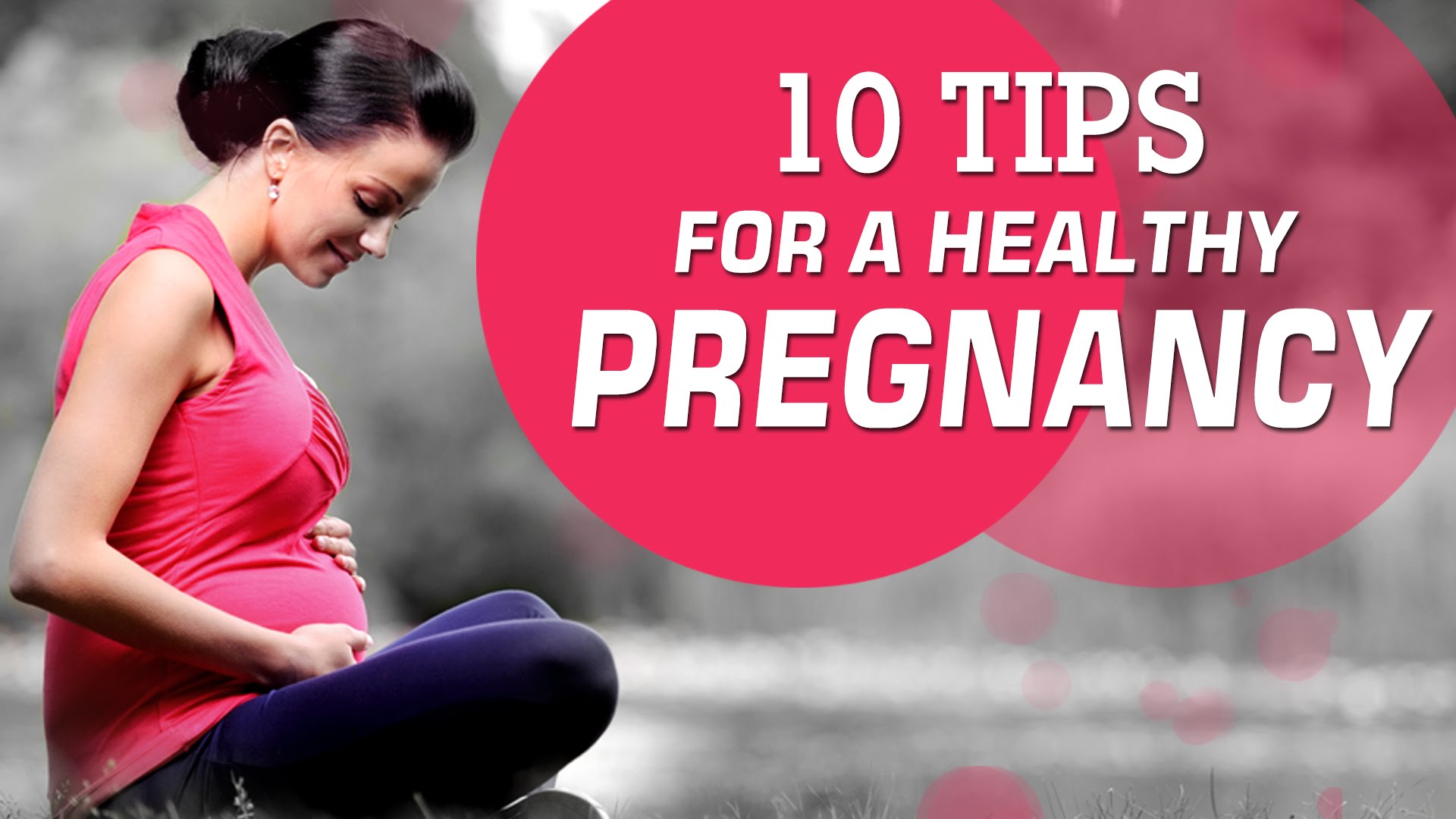Pregnancy can bring about a range of discomforts and aches & pains with it. Our Physiotherapist team with their experience with prenatal class has created this list of ten tips during Pregnancy.
Symphysis pubis dysfunction (SPD) is another type of pelvic pain, commonly seen in association with low back pain in pregnancy and this article is also suitable for this pain condition.
1. POSTURE: 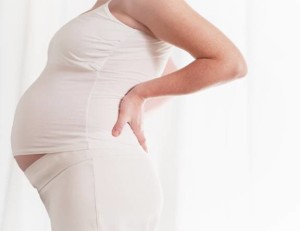
Posture changes automatically during pregnancy especially as your baby grows to keep the body’s centre of gravity aligned, – you tend to lean backwards to compensate for the growing belly and to avoid falling over. This can pinch the lower back region and make your back muscles work very hard which can lead to back pain during pregnancy.
When standing remember these tips:
- Head up straight & tuck your chin in slightly
- Shoulders back & your chest forward
- Knees straight but not locked
- Weight balanced evenly on both feet
- Lower tummy gently tightened which helps support your bump and flattens the lower back slightly
- Avoid standing in the same position for too long
- Alternate resting one foot at a time on an small elevated surface for short periods
- Take regular breaks from prolonged standing
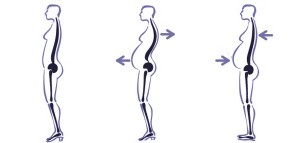 This is a visual representation of
This is a visual representation of
a) Natural posture
b) Tendency towards Incorrect posture and
c) Pull your chest out to attain correct posture during pregnancy
Useful further reading – Back Pain in Pregnancy, Dos and Don’ts of Posture in Pregnancy
2. SITTING
Sitting can become uncomfortable during pregnancy as early as IInd trimester and doing simple things of everyday chores may become awkward and challenging!
These simple tips may help you ease it:
- Sit back in the chair with your bum touching the back of the seat
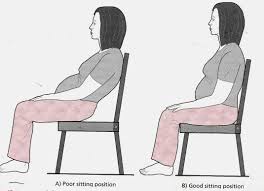
- As above, head level, back straight & shoulders back
- Knees at approximately right angles with your hips
- Feet flat on the floor, use a small foot rest if required
- Do not cross one leg over the other
- You may need a back support at the small of your back – a small cushion, rolled towel or a lumbar roll work well. Try a rolled towel first and see if this is comfortable
- Try to avoid sitting for longer than 20-30 minutes. Get up, move around, even if it is just to stand up at your desk
- Going from sit to stand is important. Go to the edge of your seat, have equal weight going through both feet, lean forwards from your hips and use your arms to push yourself up while straightening your knees.
Any good prenatal class like FabMoms would naturally include postural correction to minimise pregnancy pains.
Useful further reading – Dos and Don’ts of Posture in Pregnancy
3. SHOES
Footwear is very important during pregnancy. It is advisable to use broad comfortably fit shoes with a low heel. Too high a heel can stress the lower back by increasing the arch in the back too much and the probability of falling over is also higher when pregnant.
Wedge shoes are a good compromise. You could also go with a comfortable sports shoe as they give good support and have a good shock absorbance.
Refit your shoes around the 5th/6th month as your foot size may also change during pregnancy.
4. REST / PACING
It is important to keep up activity levels while pregnant but it is equally important to listen to your body and take time to rest. Space your activities with adequate rest in between, especially as your pregnancy progresses. For example, balance work with adequate activity levels, household chores and social events. Don’t try to do everything all at once, spread out your activities.
5. OLDER CHILDREN
If you have older children, take care with lifting them, putting them into their car seats and the like. Avoid lifting them, in case you do have to then, keep them close to you. If possible, bend your knees & hips keeping your back straight and draw in the lower tummy which aids in supporting you.
6. LIFTING 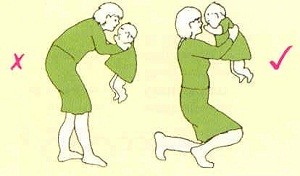
As above, take care when lifting, even the smallest of objects. Use the same technique as outlined above. Know your limits and it is okay to ask for help. Be extra careful while loading & unloading the washing machine. Apply the same principles for lifting and if necessary kneel down on both knees. It may take a little longer but it is better for your back and pelvis.
Useful further reading – Dos and Don’ts of Posture in Pregnancy
7. EXERCISE
It is essential to stay active and exercise regularly. You may take up prenatal classes to exercise safely under supervision. It has been proven that exercise during pregnancy is effective in the prevention of low back pain.
Forms of exercise that are particularly good are walking, swimming and Pilates.
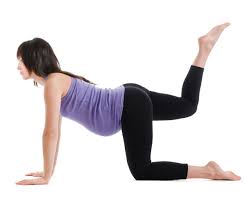
Speak to a FabMoms qualified Physiotherapist at about the best form of exercise that would suit your specific needs.
If you experience any of the following signs, you may need to stop exercising: feeling faint or light headed, vaginal bleeding, nausea or vomiting, strong pain especially from your back or pelvis and reduced movement of the baby.
Useful further reading – Exercise During Pregnancy
8. PELVIC PAIN IS NOT NORMAL
Pelvic pain and back pain are common during pregnancy but it does not make them normal. It is important to realise that these discomforts are not always issues you simply have to grin and bear. It is estimated that 80% of pregnant women will suffer from back pain during their pregnancy, and only 50% of these will seek advice from a health care professional. A thorough assessment with a qualified Physiotherapist like those at FabMoms is essential to differentially diagnose the cause of the pain. Early identification and management gives the best outcome.
Further reading – Pregnancy Related Pain
9. WEAR A PELVIC BELT
In case you don’t find much relief with Physiotherapy towards advanced stages of pregnancy, Pelvic belts or sacro iliac joint belts are effective for preventing and treating back and pelvic girdle pain during pregnancy especially if you spend a lot of time on your feet during the day. Some acute cases of PGP report that a properly fitted sacro iliac belt really helped prevent the degree of pelvic girdle dysfunction. It is important to get the correct size for you and to be instructed on how to wear it properly. Speak with your qualified Physiotherapist about prescribing you with a pelvic belt.
10. CHANGING POSITIONS
It is important to change position in the correct manner which can prevent back pain. If you have pain being mindful of the way in which you alter your position can avoid aggravating it.
The following are some key points:
Getting out of bed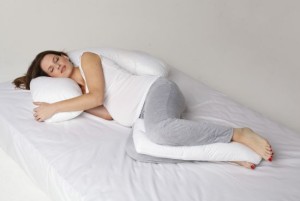
Roll on your side keeping the knees together as you roll towards the edge of the bed. Use your arms to push yourself up to a seated position while you slide your legs to the ground.
Sit to stand
Scoot to the edge of your seat. Feet hip width apart and slightly behind knees. Have equal weight go through each foot, lean forwards from your hips and use your arms to help you to stand up.
Take care when stepping off a step or the like. To slip while pregnant can have an impact on the pelvis and can be a cause of pain.
Safest way to ensure a healthy and painfree pregnancy experience is to enroll for good antenatal class in your locality.
If you are still thinking, then call 992099 1286 and speak to FabMoms expert who can introduce and advise you which program (among the many) works the best for your specific pregnancy concern.
Further reading – Fit and Happy Pregnancy
